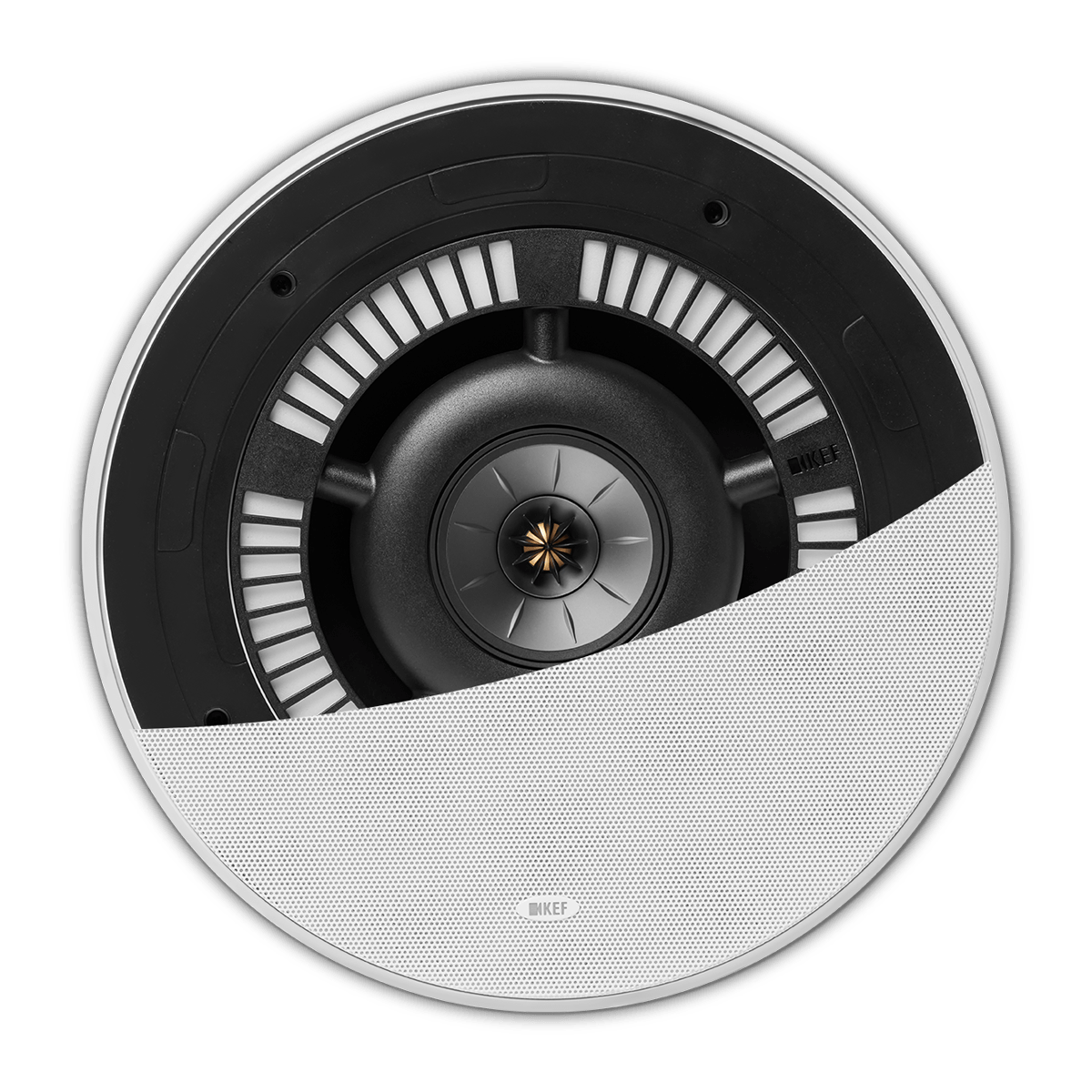I hate to rain on everybody's parade...but allow me to rain on the parade just a little bit.

This is indeed a very nice speaker. Unfortunately, no amount of excellence from a speaker can make up for the fundamental problems caused by pointing it the wrong way. There are very good reasons virtually nobody in the industry recommends
not aiming atmos speakers at the audience. Doing so will reduce sound quality significantly.
The first issue is if the speaker is EQ'd for flat direct sound at the MPL, it will be sending elevated HF energy into a large portion of the room. Yes, the direct sound is the most important, but when so much HF energy is sent into the room (especially with 4 or 6 of them) that can be too much. The recommendation is typically to not try and get flat direct sound at the MLP but to strike a compromise, living with duller direct sound at the MLP to keep from overwhelming the room with HF energy (also a common issue for wide channels).
The second issue is covering the audience with similar sound from the speaker. Multichannel/immersive is typically aimed at being capable of providing a good experience to more than one person. If this speaker was pointed at the MLP, think about what happens when you move to different seats--you go from 0 degrees to 10, 20, 30 degrees off axis and...almost nothing happens! You still get great sound! Very slightly lowered HF but not much, and you still get pretty good, pretty flat direct sound. That would be fantastic.
But when the MLP is already starting at 40 degrees off axis, movement has much larger consequences. You are now moving to 50, 60, 70 degrees off axis. This results in a pretty massive drop in the HF giving a very dull sound for that seat. But if you move the other way, you're going to 30, 20 and 10 degrees giving you significantly elevated highs and a shrill sound. That's not what you want.
That's a massive difference in the sound of the speaker depending where you sit. Not ideal. Not even good.
I implore KEF to make a version of these with an angled baffle--something similar to the Andrew Jones setup shown earlier. Yes, that will probably screw up the spin, making it look much less pretty. But it will sound so much better in the real world when used as a ceiling speaker for immersive audio.

